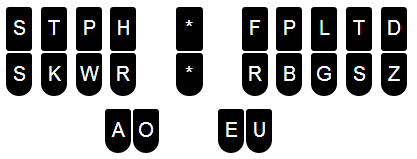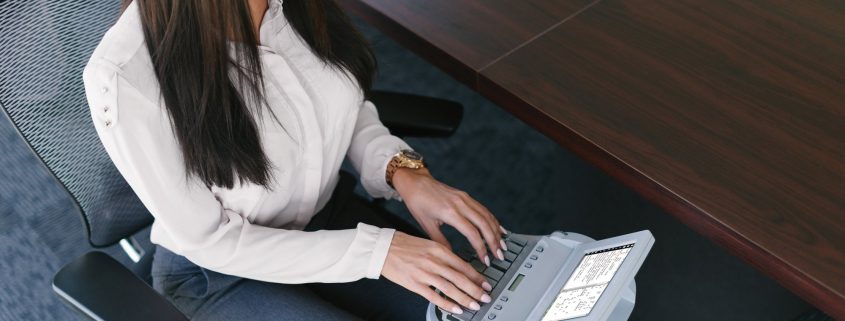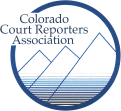The Secret to Court Reporter’s Fast Typing
Court reporters are trained to take down dictation at the incredible speed of 200 words per minute and can transcribe what you say within 98.5% accuracy. Without this accuracy and speed, a court case could easily be dismantled.
At first glance, it looks like court reporters are simply typing quickly to keep up with every word spoken. While this is true, there is one thing that comes to their aid: the stenotype.
The Court Reporting Machine
The secret to the court reporter’s expert speed is the machine they use called the stenotype. There are 22 unmarked keys on the stenotype that represent sounds rather than words, making it very different than your standard QWERTY keyboard. The court reporter has to divorce themselves from the way words are spelled and think purely phonetically to reduce the number of keys they have to type to keep up with speech.

The keyboard is split in half for each hand and there is a bottom row of keys for the thumbs. The left-hand side of a stenotype contains initial phonetic sounds like the hard K sound of the word cat. The right-hand side of the stenotype contains final phonetic sounds like the N sound at the end of the word man. On the bottom row where the thumbs rest are the vowels, but only four. By using various combinations of the vowel keys, all of the vowel sounds in the English language are represented.
Unlike a standard keyboard, multiple characters are typed at once. Between the stenotype and the court reporter, these letter combinations are easily understood and translated.
The Expert
The real trick is the expert behind the machine. The court reporting professional does not pay attention to the context, meaning or spelling of what they hear. The court reporter only listens to sounds, and the way the words sound translates into finger movements on the keys.
Not only do court reporters type sounds rather than full words, each court reporter has their own set of acronyms and letter combinations that help them further shorten the number of characters they have to type. For example, a common phrase spoken in court is “ladies and gentlemen of the jury”. Each individual court reporter can decide what letters to type and program that into the stenotype. On a standard keyboard, you would have to click 32 keys—including the space bar—in succession. A court reporter can program the stenotype to understand that 4 keys pressed all at once equal the same phrase.
And therein lies the path to the incredible speed that the court reporting professional attains. The stenotype and phonetic translation is the secret to the professional’s ability to keep up with every word spoken during a proceeding.
Calderwood-Mackelprang is a Denver court reporting firm that provides court reporting services nationwide. Contact us today for all your court reporting needs.






